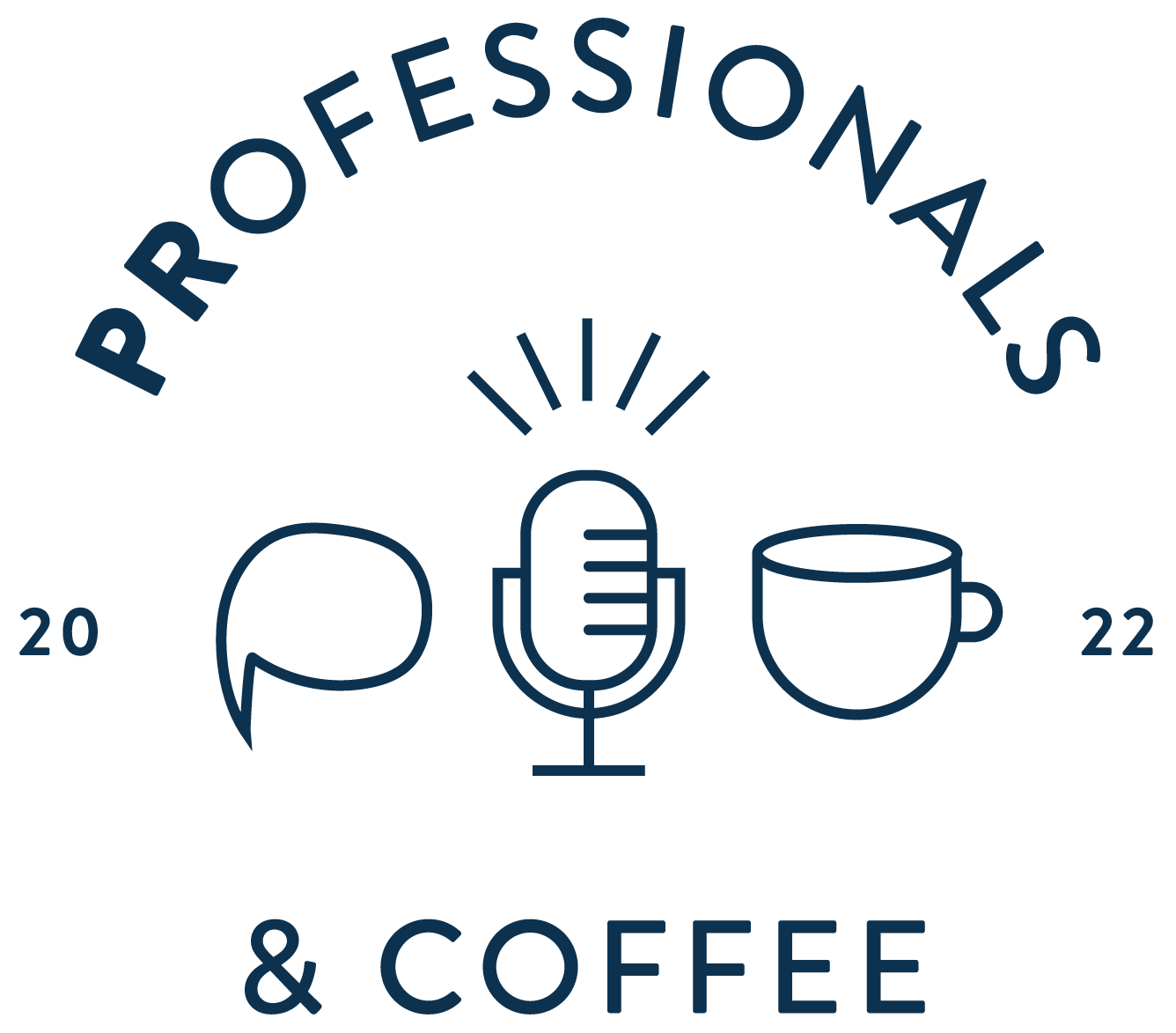On January 6, 2021, the world watched in shock as a mob stormed the U.S. Capitol in an attempt to overturn the 2020 presidential election results. This incident, driven by deep political divisions and widespread misinformation, underscored the need for effective communication to bridge divides and resolve conflicts. In the aftermath, leaders had to use their words to address the nation, heal wounds and restore order. So, there we have it, this was not the first time something like that happened and most probably not the last. But what we can do is through the means of effective communication we can reduce the number of such incidents.
Healing Through Words:
Imagine a heated boardroom debate on a high priority business decision. The atmosphere is rife with tension; tempers flare, voices raised. Suddenly, one voice cuts through all the noise—not with more shouting—but with calm, reasoned dialogue. Silence settles in as this person articulates the concerns of all parties, finding common ground and paving the way for a resolution. This is the power of communication in action.
Where Does the Communication Come in?
Quite often, conflict is caused by simple misunderstandings, misperception, or absolute lack of communication. (we all have been there, haven’t we!) The Harvard Negotiation Project highlights that the degree of our success in resolving a conflict depends upon our ability to communicate clearly and empathically. So, what we need to do is focus on active listening, transparent articulation of thoughts and emotions, and seek a mutual understanding, thus turning confrontation into collaboration.
Conflict Resolution 101: Your Go-to Guide
1. Active Listening
We have all laughed at memes and jokes that make fun of our little attention span. Most of us (prepare yourself for a personal attack) zone out more often than we pay attention when listening to someone. Something similar is at work on a border scale as well. Leaders, business men, people in general are just not listening which leads to conflict. This is where active listening comes in. Active listening means much more than allowing oneself to be bombarded with words. It means the comprehension of emotions and intentions behind these words. This fosters trust and shows respect for the speaker, hence making it easier to find a common ground.
2. Empathy and Emotional Intelligence
Empathy enables one to see the situation from another’s perspective. Emotional intelligence helps us manage our emotions and respond to others’ feelings appropriately. Together, these skills are vital in de-escalating conflicts and creating a conducive environment for dialogue.
3. Communicate Clearly and Briefly
Much of the ambiguity that normally leads to misunderstanding is removed through clear communication. The risk of miscommunication can be reduced if we clearly and concisely articulate our points so that the message is received as intended. This clarity helps in preventing further conflicts and promotes effective problem solving.
4. Collaborative Problem Solving
Collaboration is the process of working together to arrive at a mutually beneficial solution. This shifts the focus from winning the argument onto the solving of the problem, fostering a sense of teamwork and shared purpose. According to research by Harvard Business Review, when resolving a conflict, collaborative approaches lead to satisfactory results.
Conclusion: Shaping a Peaceful Future
Effective communication is a catalyst for creating a more harmonious and cooperative world. Afterall, through active listening, empathy, clarity, and collaboration, we’re able to transform conflicts into moments of growth and comprehension. Be it the fresh graduate entering into the workforce or the career diplomat bargaining over peace treaties, the principles of effective communication remain universal and timeless.
As Nelson Mandela once said, “If you talk to a man in a language he understands, that goes to his head. If you talk to him in his language, that goes to his heart.” Speaking the language of empathy and understanding can be what it takes to close even the widest divides.
References
- Harvard Negotiation Project. Research Projects. Retrieved from www.pon.harvard.edu
- Harvard Business Review Studies on Conflict Resolution. Retrieved from https://hbr.org/2005/03/want-collaboration-accept-and-actively-manage-conflict

